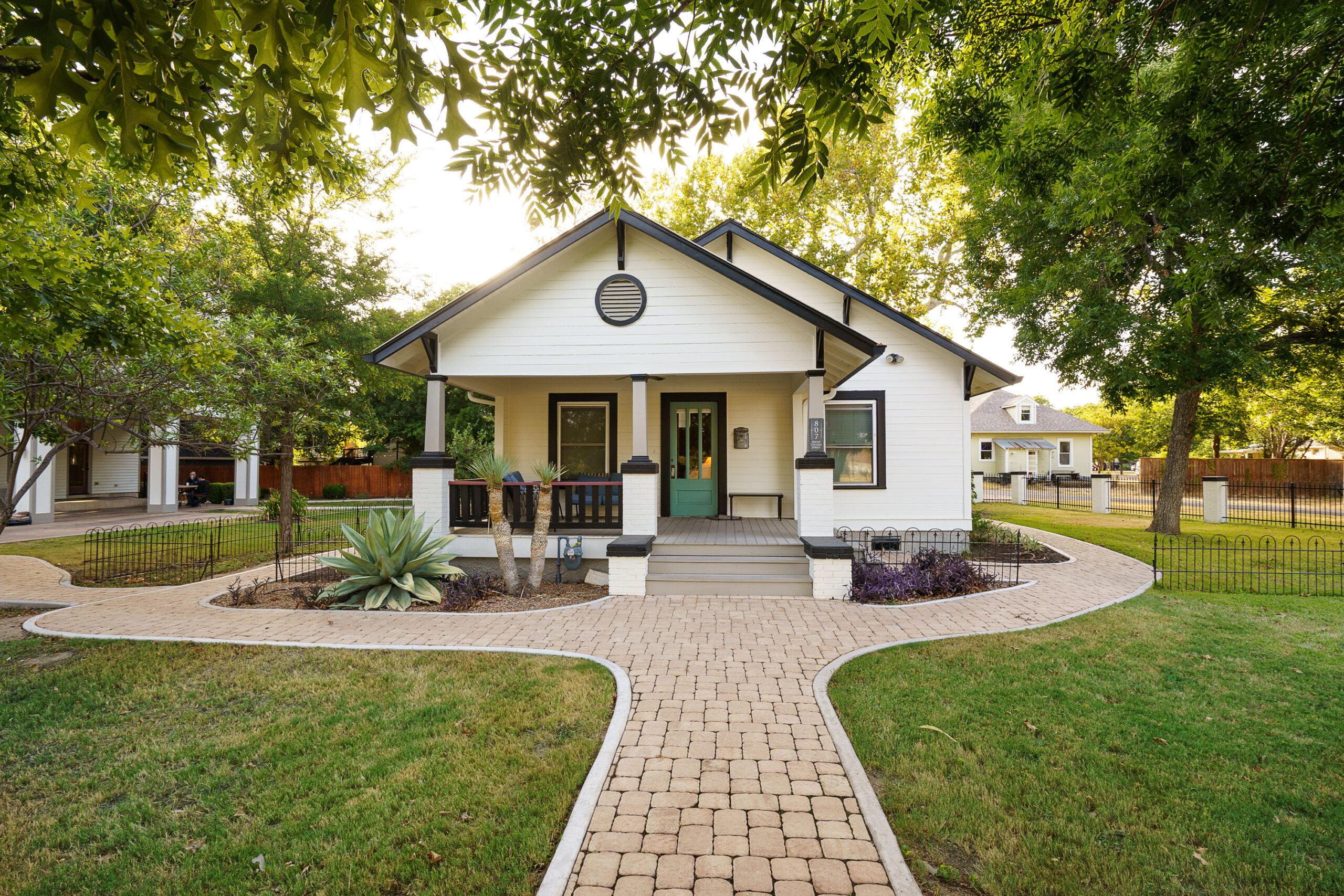Why Inpatient Care Matters for Women
Inpatient treatment provides a fortified support system crucial for women grappling with mental health challenges. This level of care often encompasses therapies and structures that outpatient programs cannot match. For many women, especially those with severe conditions like bipolar disorder or PTSD, inpatient care serves as a sanctuary for healing. Here, specialized therapies can be employed with rigor, offering a pathway to well-being.
The key to the success of womens mental health inpatient treatment centers lies in their ability to offer personalized treatment plans. These centers integrate individualized care with a communal setting, fostering both personal and social healing. The focus is on delivering a holistic approach, encompassing physical, emotional, and psychological components. This multi-dimensional support is often vital in helping women regain their strength.
Key Approaches Utilized in Womens Mental Health Inpatient Treatment Centers
Inpatient centers employ a variety of therapeutic techniques tailored to meet the unique emotional and psychological needs of women. Here are some of the approaches commonly used:
- Cognitive Behavioral Therapy (CBT): Helps individuals identify and change negative thought patterns.
- Dialectical Behavior Therapy (DBT): Focuses on mindfulness and emotional regulation to manage disorders.
- Trauma-Informed Care: Provides a safe environment to address and heal from past traumas.
These methodologies are often complemented by additional therapies like art therapy, music therapy, and equine-assisted therapy, promoting a balanced and integrative treatment plan.
What to Expect During Your Stay
The journey within womens mental health inpatient treatment centers is structured yet flexible, designed to cater to the diverse needs of each participant. Typically, the experience is broken down into three main phases:
- Initial Assessment: A thorough evaluation to tailor a personalized care plan.
- Therapy and Treatment: Daily schedules that incorporate various therapeutic activities and counseling sessions.
- Discharge Planning: Preparing patients with the tools and strategies needed for a successful return to daily life.
Throughout these stages, residents receive continuous care from a dedicated team of professionals, ensuring a supportive environment where healing can flourish.
How to Choose the Right Inpatient Treatment Center
Selecting the appropriate facility can seem daunting, yet it’s vital for a successful recovery journey. Here are guidelines to assist in making an informed choice:
First, assess the types of therapies offered and ensure they align with your specific needs. Centers that provide diverse treatment modalities often have higher success rates. Additionally, consider the facility’s location and environment. Natural settings can significantly enhance the therapeutic experience.
It’s also crucial to evaluate the staff’s credentials and experience. A skilled team committed to patient-centered care can make a substantial difference in outcomes. Lastly, examine the post-discharge support options, as ongoing care is crucial in maintaining progress.
Navigating the Financial Aspects
While womens mental health inpatient treatment centers offer unparalleled support, they can also pose financial challenges. However, numerous resources can help manage costs. Many centers accept various insurance plans, and it’s advisable to verify coverage specifics before admission.
Several facilities provide financial assistance or sliding scale fees based on income, recognizing the importance of accessible mental health care. Additionally, some NGOs offer grants or scholarships to support women needing inpatient treatment. Doing thorough research can alleviate financial burdens, allowing focus on recovery.
What Should You Bring to an Inpatient Treatment Center?
When preparing for admission to womens mental health inpatient treatment centers, packing appropriately is essential. Most centers recommend personal hygiene items, comfortable clothing, a journal, and any prescribed medications. Personal mementos or photos can provide comfort, making the environment feel more like home.
It’s crucial to verify the facility’s guidelines regarding electronics, as they may limit phone or laptop use to encourage focus on recovery. Bringing a positive mindset can be the most powerful tool in your suitcase. Your environment is temporary, but the skills and healing acquired are lasting.
Why is inpatient treatment crucial for women’s mental health, especially for complex conditions like bipolar or PTSD?
Inpatient treatment can be a lifeline for women dealing with severe mental health issues like bipolar disorder or PTSD. These environments offer a structured and supportive setting, where therapies and care plans can be tailored with intensity and precision. The immersive nature of inpatient facilities allows for a higher degree of monitoring and support, which can be crucial in stabilizing conditions and preventing crises. For instance, therapies that might only be available a few times a week in outpatient settings can be integrated into daily routines, offering deeper engagement and progress.
Moreover, inpatient treatment centers promote holistic healing by addressing the mental, emotional, and sometimes even physical aspects of health. They offer a community where women can share experiences, reducing feelings of isolation which are often heightened in outpatient scenarios. Consider an example of a woman recovering from severe trauma; in a setting like Alta Loma, she benefits not only from individualized therapy but also from communal support, which can significantly enhance her recovery journey. Have you considered what kind of setting would most support your healing journey?
What are the most effective therapeutic techniques used in women’s mental health inpatient centers?
Inpatient treatment centers for women’s mental health employ a diverse range of therapeutic techniques tailored to address unique emotional and psychological needs. Cognitive Behavioral Therapy (CBT) is commonly used to help women identify and shift negative thought patterns that hinder their mental health. Dialectical Behavior Therapy (DBT) is another key approach, honing in on mindfulness and emotional regulation, which can be particularly effective for disorders involving intense emotional responses, like borderline personality disorder.
Trauma-Informed Care is vital for those who have experienced significant past traumas; it’s designed to provide a safe space for processing these experiences. Complementary therapies like art, music, or equine-assisted therapy offer unique avenues for expression and healing, often making the treatment experience more relatable and less clinical. Consider a case where a woman suffering from chronic anxiety finds solace through equine therapy, as the bond formed with animals can often transcend that of human interactions, fostering a unique path to emotional recovery. How might incorporating creative expression into therapy transform your healing process?
What can women expect during their stay at an inpatient treatment center, and how is the treatment process structured?
The experience at a women’s mental health inpatient treatment center is generally divided into structured phases to ensure comprehensive care: initial assessment, active treatment, and discharge planning. The first step involves a thorough evaluation to craft a personalized treatment plan, ensuring that the care provided aligns with the individual’s specific needs and conditions.
During the active treatment phase, residents engage in various therapies and activities daily, receiving continuous support from a team of professionals. This phase is pivotal in establishing the skills and strategies necessary for managing mental health independently. The final stage, discharge planning, prepares residents for a return to everyday life, ensuring they have the necessary tools and resources to maintain progress. Imagine attending Alta Loma, where after weeks of structured guidance, a resident is not only ready to re-enter her life but equipped with a newfound sense of independence and confidence.
If you were planning a stay, what would be your priority in terms of personal goals during treatment?
How can someone determine the best inpatient treatment center for their specific needs?
Choosing the right inpatient treatment center is crucial for a successful recovery journey. Consider the types of therapies offered and ensure they align with your specific needs. Facilities like Alta Loma that provide a variety of treatment modalities often report higher success rates. Location and environment also matter; some individuals find that a natural setting significantly enhances their therapeutic experience, offering a peaceful backdrop for recovery.
Assess the credentials and experience of the staff; a skilled and compassionate team can dramatically impact your treatment’s effectiveness. Post-discharge support options are also critical, as ongoing care is essential for maintaining progress post-treatment. Imagine consulting with a center’s alumni or current residents to gain personal insights into their experiences – such firsthand accounts can be invaluable. What factors would you prioritize when selecting a center for treatment?
What financial options are available for women seeking inpatient mental health treatment, and how can the costs be managed?
While the costs of inpatient mental health treatment can be significant, there are numerous ways to navigate and manage these expenses. Many centers accept various insurance plans, so it’s a good idea to verify your coverage ahead of admission. Additionally, some facilities offer financial assistance or sliding scale fees based on income to increase accessibility.
Grants or scholarships from nonprofits or mental health organizations can also provide crucial financial support. Thoroughly researching and engaging with these resources can alleviate the financial burden, allowing you to focus more on recovery. For instance, understanding the specifics of what your insurance covers and reaching out to social workers at facilities like Alta Loma can make a substantial difference in financial planning. How can you take proactive steps today to explore your financial options for treatment?
What items should women pack when preparing for their stay at an inpatient treatment center?
When preparing for a stay at an inpatient treatment center, packing the right items can help ease the transition. Essential personal hygiene items, comfortable clothing, a journal for reflection, and any prescribed medications are typically recommended. Personal mementos or photos can provide a sense of comfort and familiarity.
Check the facility’s guidelines regarding electronics, as some centers limit phone or laptop use to keep the focus on recovery. Importantly, packing a positive mindset is invaluable; while the environment is temporary, the skills and healing experienced can have a lasting impact. Imagine walking into Alta Loma with a single journal and an open heart, ready to document your transformative journey. Have you considered what personal items might provide you with comfort and support during treatment?







